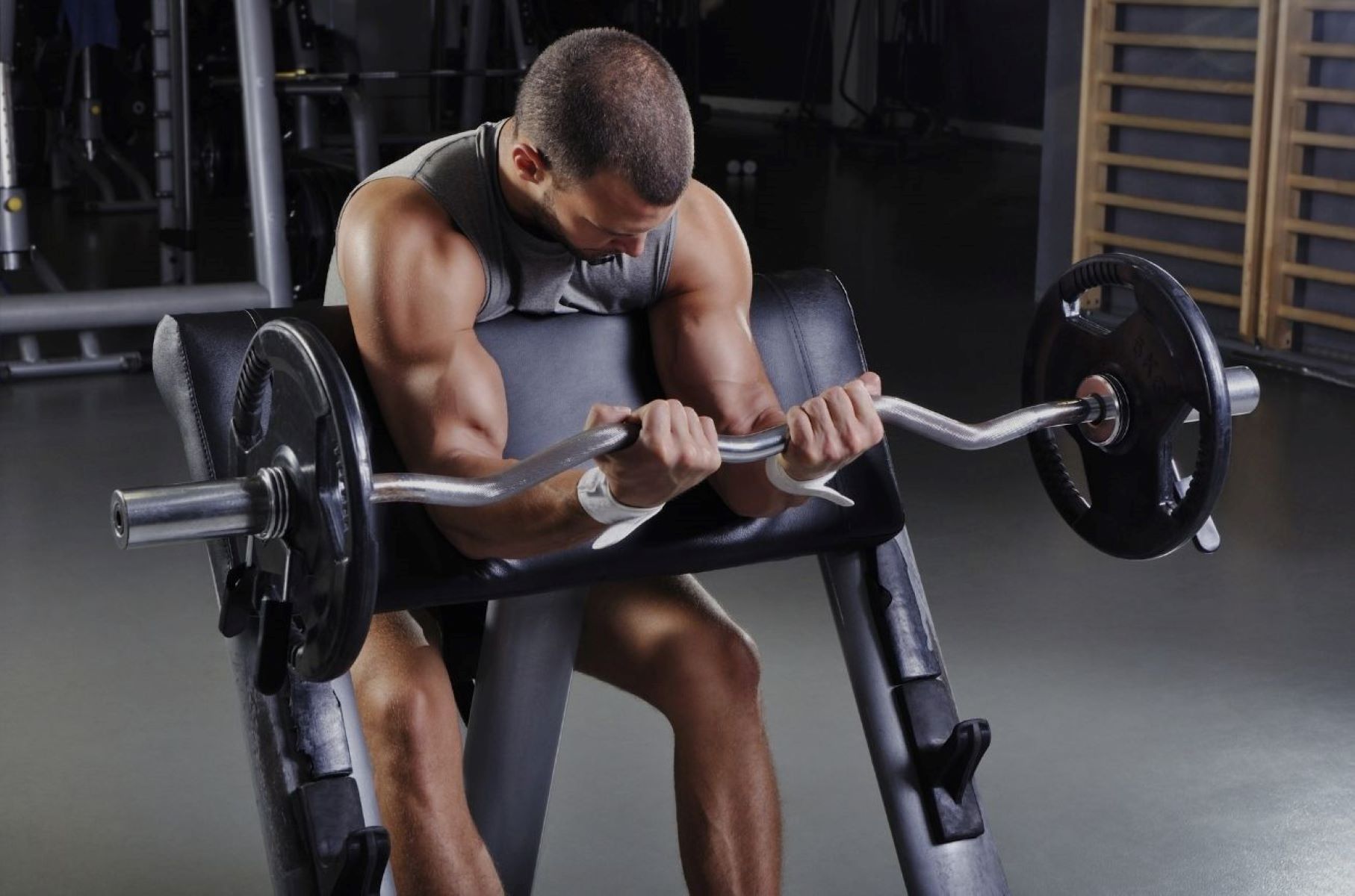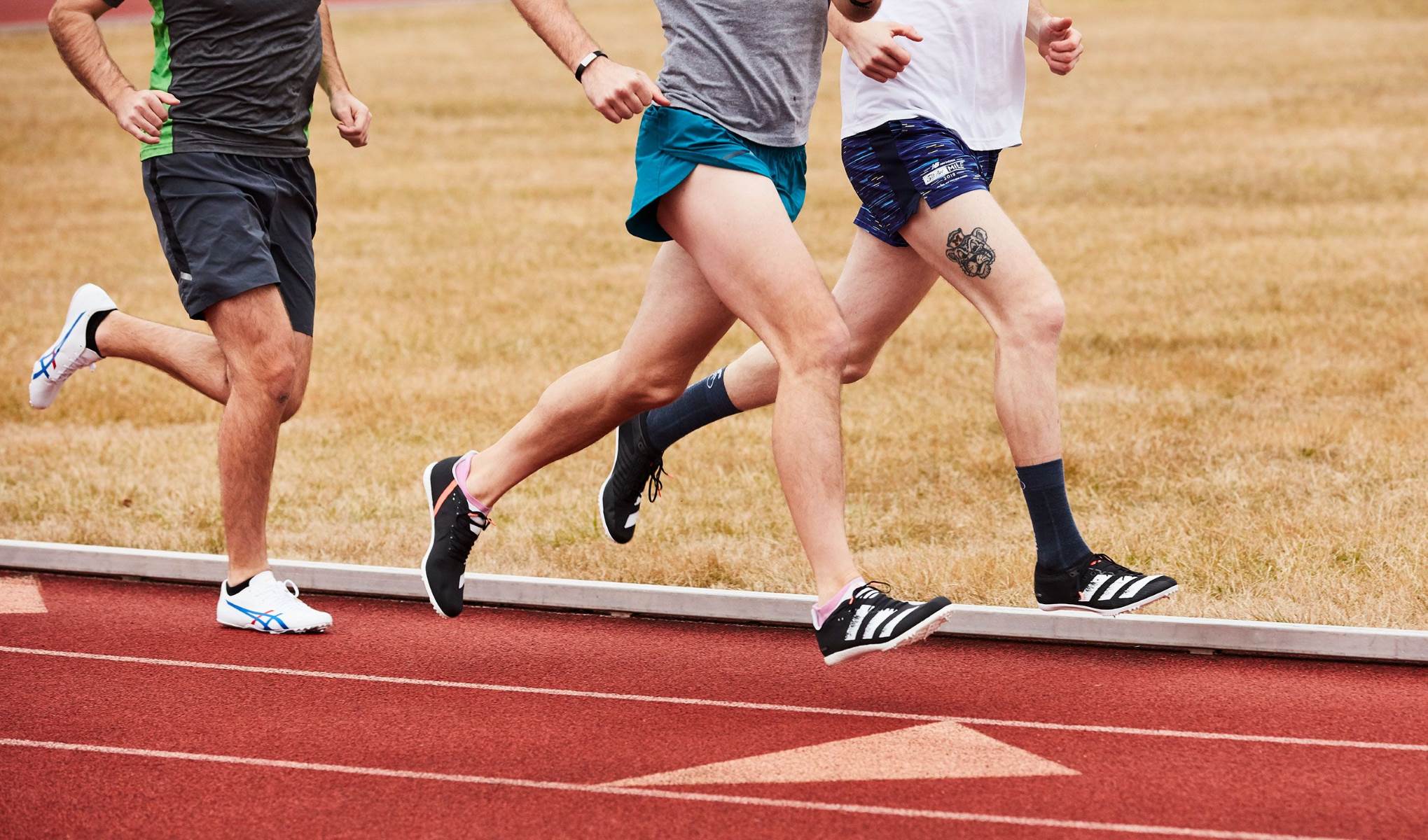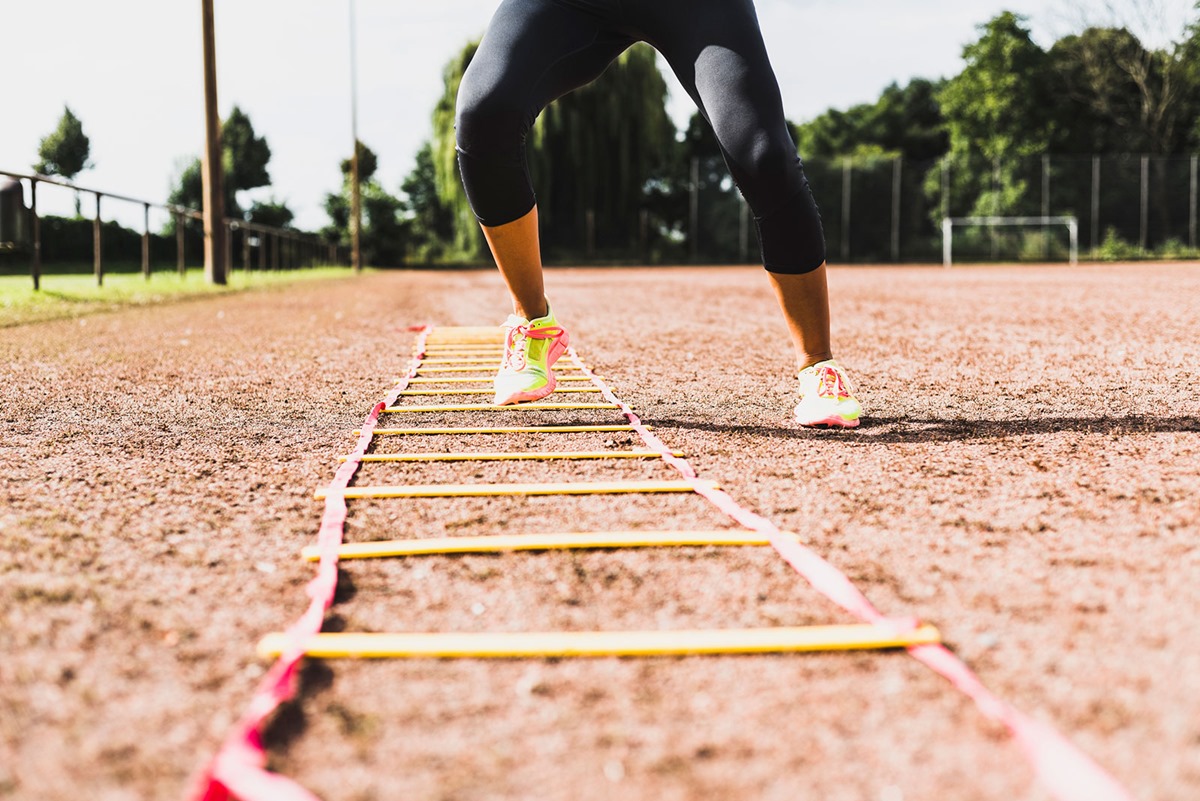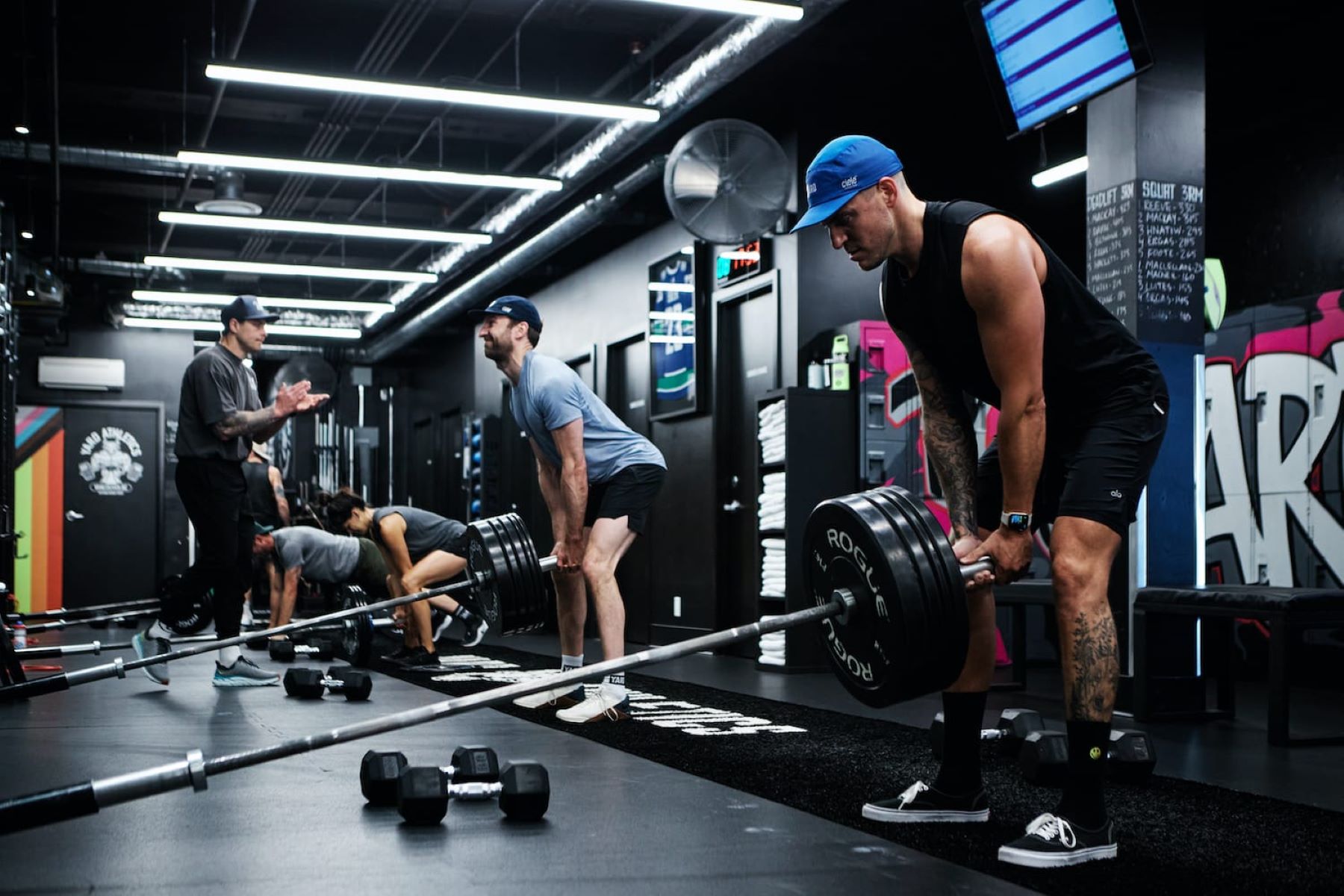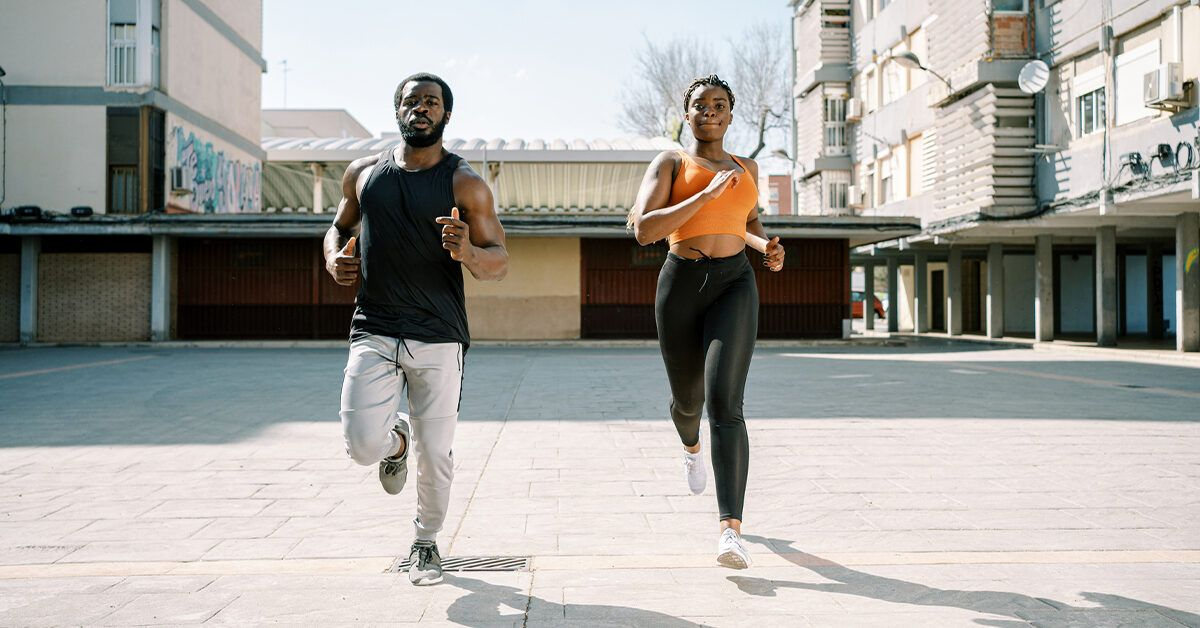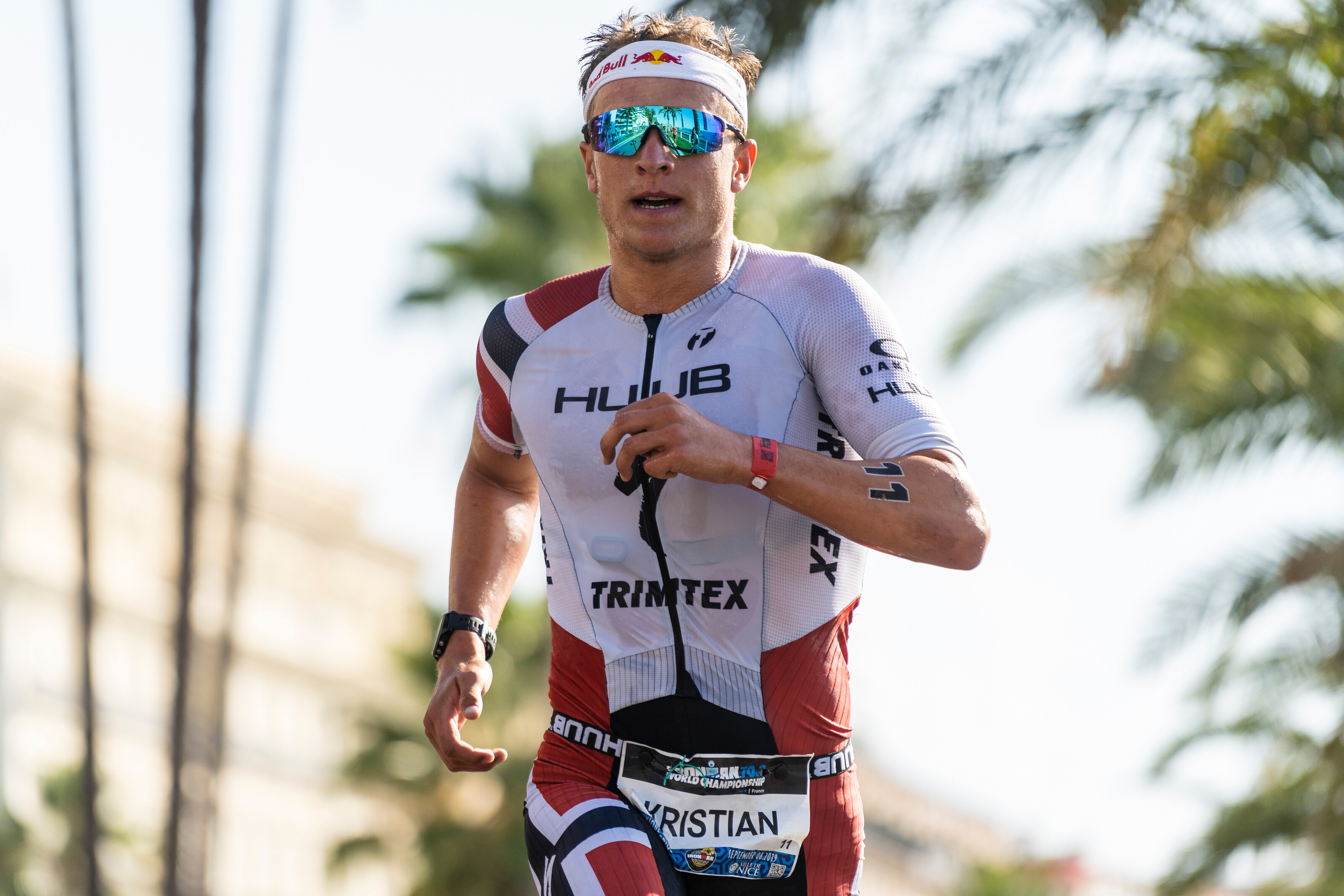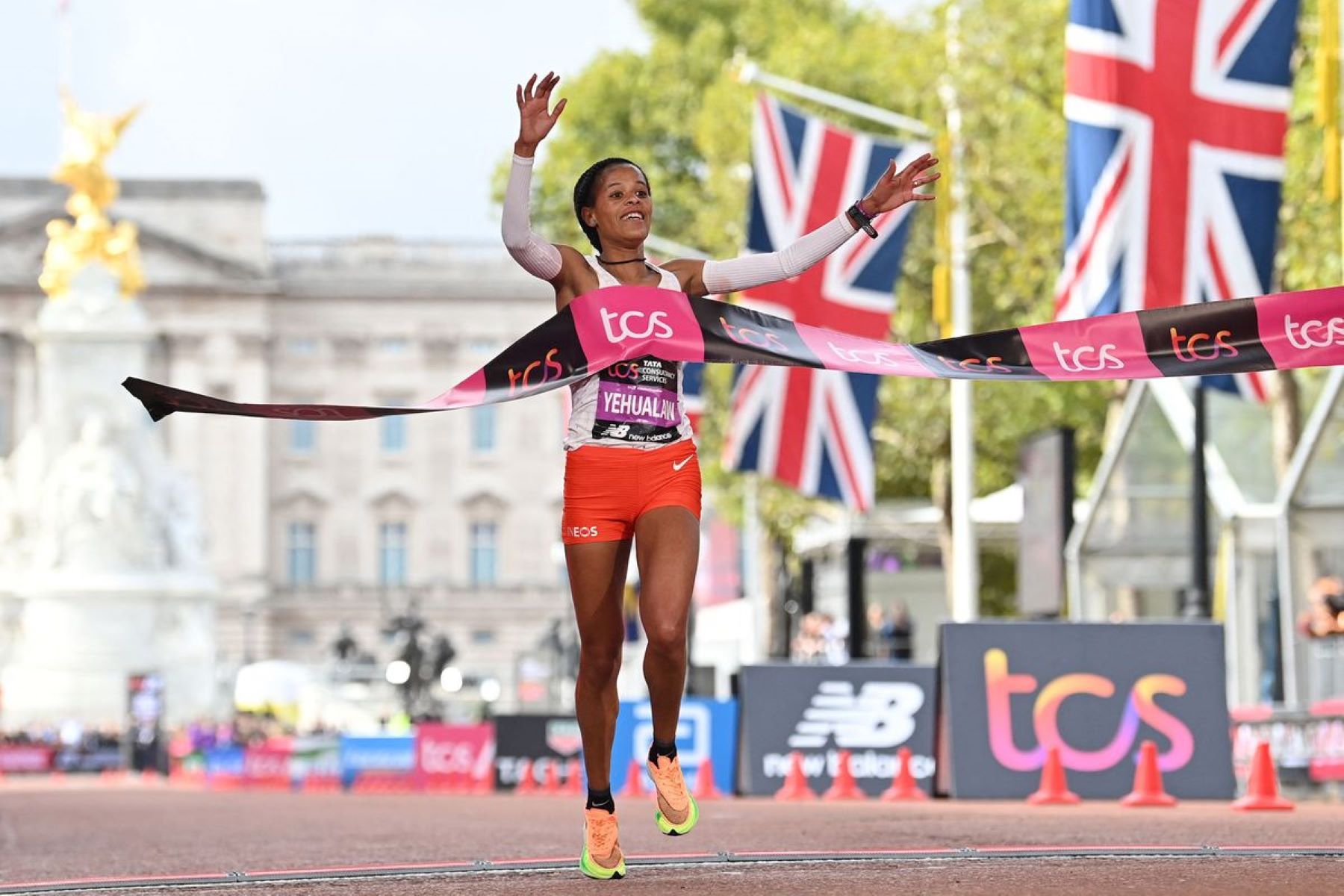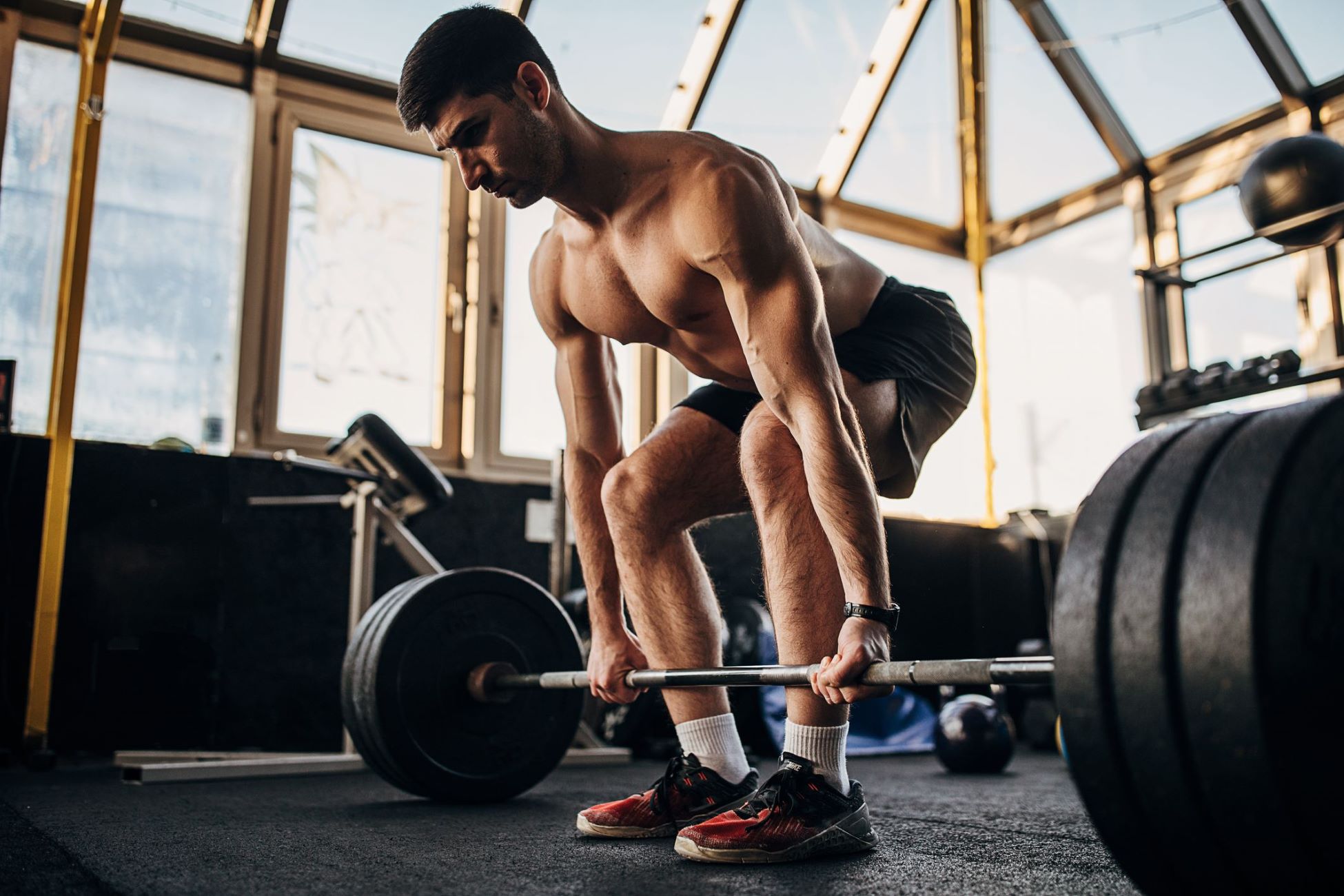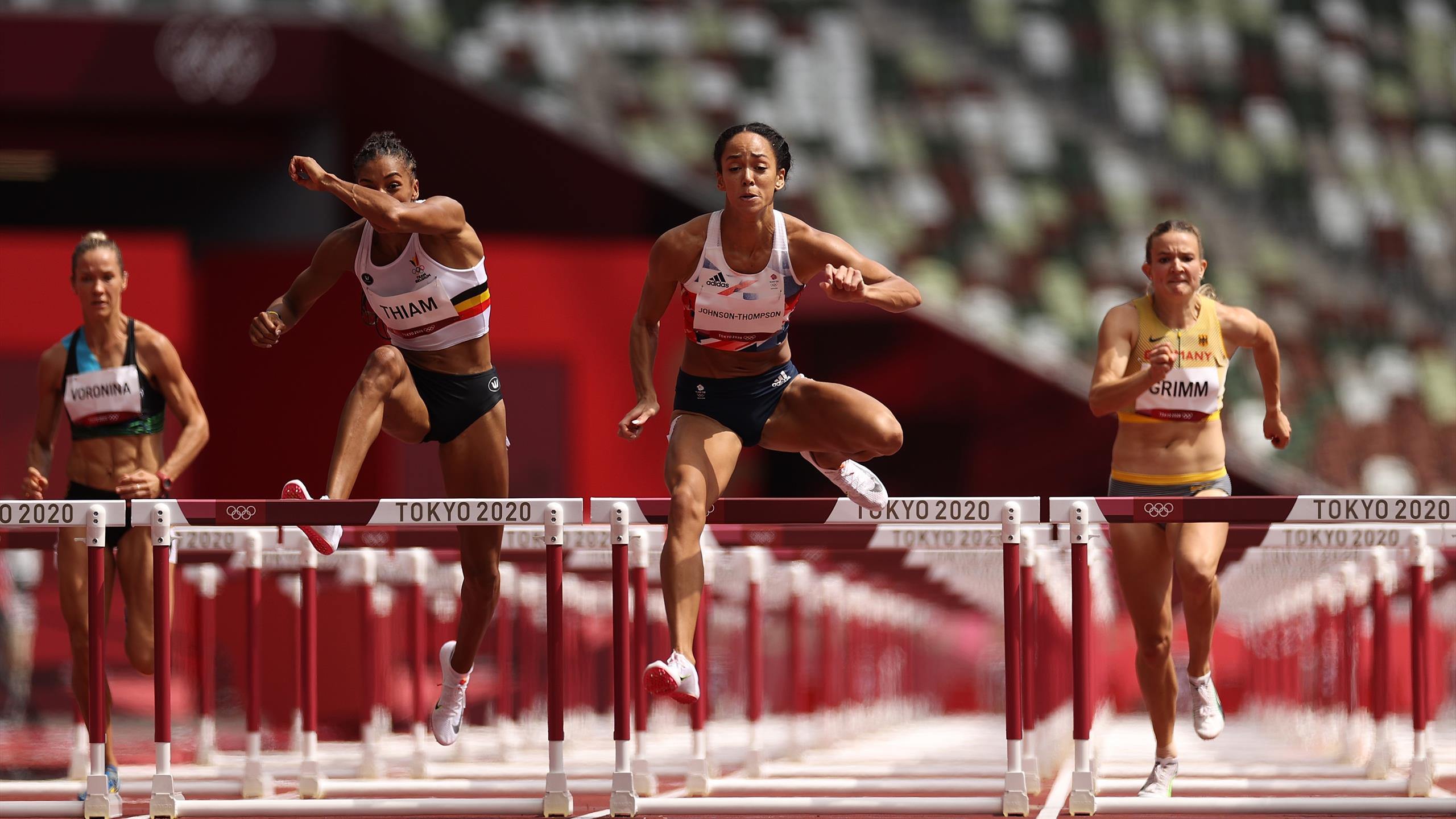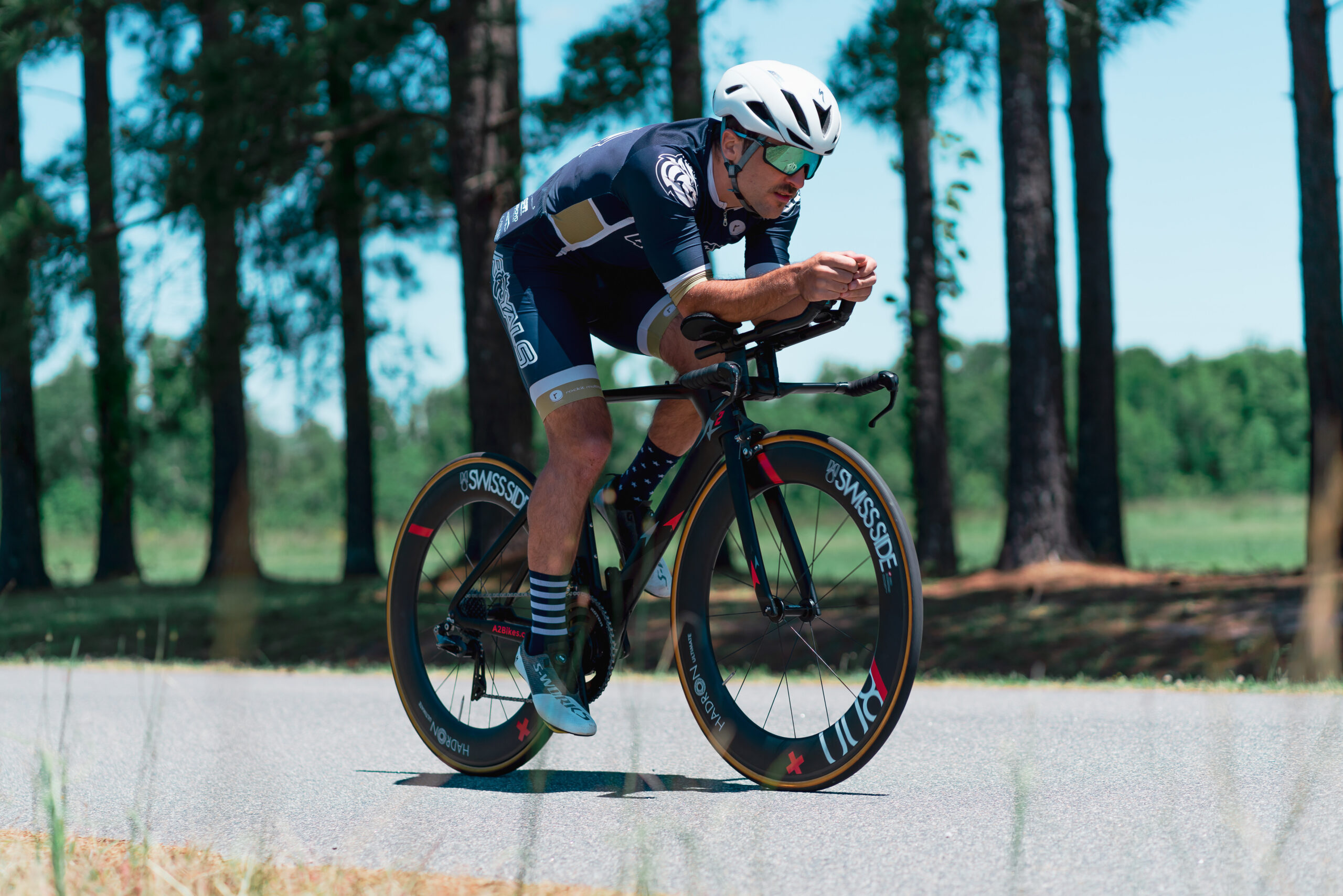Home>Misc>Featured>What Components Of Athletic Performance Are Required For Basketbal
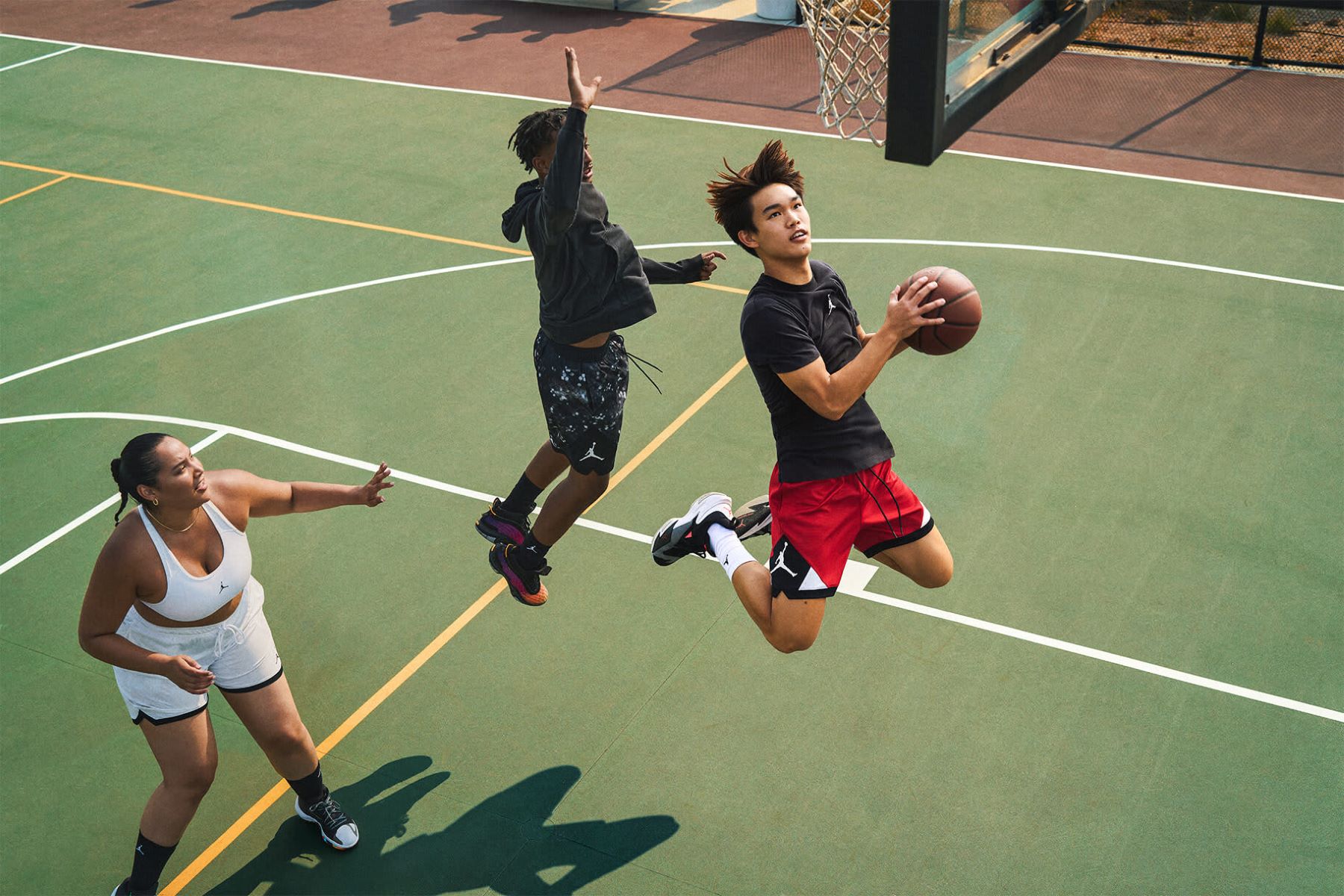

Featured
What Components Of Athletic Performance Are Required For Basketbal
Modified: January 2, 2024
Enhance your basketball skills with our featured training program designed to improve all components of athletic performance for optimum on-court success.
Introduction
When it comes to basketball, athletic performance plays a crucial role in determining the success of a player. The game of basketball requires a unique set of physical abilities that go beyond just shooting and dribbling skills. While technique and strategy are essential, it is physical prowess that provides the foundation for extraordinary performance on the court. In this article, we will explore the key components of athletic performance that are required for basketball.
Being a dynamic and fast-paced sport, basketball demands a combination of speed, agility, strength, and endurance. Players need to possess a high level of coordination, power, balance, and reaction time to excel in this game. Each of these components contributes to an athlete’s ability to execute moves, make quick decisions, and outperform opponents.
Understanding the importance of these components can help basketball players and coaches devise effective training programs and enhance performance on the court. By focusing on improving the specific areas that contribute to athletic performance, players can gain a competitive edge and elevate their game to new heights.
In the following sections, we will delve deeper into each of these components of athletic performance, providing insights into why they matter and how they impact a basketball player’s abilities. From speed and agility to strength and endurance, we will explore the various facets of athleticism that are essential for success on the basketball court.
Speed
Speed is a crucial component of athletic performance in basketball. It refers to the ability to move quickly across the court, allowing players to outrun opponents, create scoring opportunities, and defend against fast breaks. Speed is particularly important in fast-paced games where players need to cover large distances and react swiftly to changing situations.
In basketball, speed can be categorized into two types: linear speed and lateral speed. Linear speed involves sprinting in a straight line, while lateral speed refers to quick movements from side to side. Both types of speed are essential for basketball players as they enable players to change direction rapidly, beat defenders, and react to offensive or defensive plays.
Developing speed requires a combination of techniques and training exercises. Strength training, plyometrics, and sprint drills are commonly used to improve speed. Exercises like sprints, shuttle runs, and ladder drills can help enhance acceleration, deceleration, and overall speed. Proper running mechanics, such as arm swing and foot positioning, also play a crucial role in maximizing speed on the court.
It’s important to note that speed alone is not enough; basketball players also need to have good body control and balance to effectively utilize their speed. By improving their speed, players can gain an advantage on the court, whether it’s driving past opponents, getting back on defense, or closing out on three-point shooters. Speed can also help players create fast breaks, leading to easy scoring opportunities.
Incorporating speed training into regular basketball workouts can significantly enhance a player’s performance. By focusing on improving both linear and lateral speed, players can increase their overall agility and game readiness. With the ability to move quickly and efficiently, basketball players have a better chance of outmaneuvering opponents and making impactful contributions to their team’s success.
Agility
Agility is another crucial component of athletic performance in basketball. It refers to the ability to change direction quickly and efficiently while maintaining balance and control. In a fast-paced game like basketball, agility is essential for effective dribbling, cutting through defenses, and defending against opponents.
Agility involves a combination of speed, coordination, balance, and reaction time. Players with high agility can quickly change their direction of movement, pivot, and accelerate or decelerate in response to game situations. They can execute sharp and precise movements, allowing them to navigate through defenders and create scoring opportunities.
To improve agility, basketball players can incorporate specific drills and exercises into their training routine. Cone drills, ladder drills, lateral shuffle exercises, and agility ladder work can help enhance footwork, quickness, and overall agility. These drills focus on improving the player’s ability to change direction quickly, react to cues, and maintain balance during rapid movements.
Agility training also involves working on body control and coordination, which are vital in executing agile movements on the court. Basketball players need to have a good understanding of their body positioning, center of gravity, and the ability to move fluidly in various directions.
Having high agility can provide an edge on offense and defense. Offensively, agile players can efficiently navigate around defenders and create space for themselves or their teammates. They can also execute effective cuts and changes of direction to confuse defenders and find open scoring opportunities.
Defensively, agile players can keep up with their opponents, stay in front of them, and react quickly to their movements. They can effectively deny dribble penetration, contest shots, and disrupt passing lanes. Good agility also allows players to recover quickly on defense and prevent fast breaks.
Overall, developing agility is crucial for basketball players who aim to excel in the game. By focusing on improving their footwork, reaction time, and overall body control, players can enhance their agility and become more effective and impactful on the court.
Vertical Jump
The vertical jump is a key component of athletic performance in basketball. It refers to the ability to explode off the ground and achieve height through a powerful upward movement. A higher vertical jump allows players to reach for rebounds, block shots, finish at the rim, and perform spectacular dunks.
The vertical jump depends on a combination of strength and explosiveness. It requires strong leg muscles, particularly the quadriceps, hamstrings, and calves, as well as explosive power generated from the hips and core. Strong core muscles help with stability and balance during the jumping motion.
Basketball players can improve their vertical jump through specific training exercises and techniques. Plyometric exercises such as box jumps, depth jumps, and jump squats can help develop explosive power in the legs. Strength training exercises like squats and lunges can help build the necessary muscle strength to generate force during the jump.
Proper technique is also vital in maximizing the height of the vertical jump. Players need to focus on using their whole body, from the leg drive to the arm swing, to generate upward momentum. Developing a quick and powerful arm swing can contribute to increased vertical leap by utilizing the stretch-shortening cycle.
Having a higher vertical jump provides basketball players with a significant advantage on both ends of the court. Offensively, it enables players to rise above defenders for contested rebounds and finish above the rim for high-percentage scoring opportunities. Defensively, a strong vertical jump allows players to challenge shots and block or alter opponents’ scoring attempts.
Additionally, an impressive vertical jump can also contribute to a player’s overall athleticism and highlight their physical capabilities. Spectacular dunks and impressive displays of leaping ability can energize a team and excite fans, creating momentum and boosting morale.
Improving vertical jump can be a game-changer for basketball players aiming to enhance their performance and make a bigger impact on the court. By focusing on strength training, plyometric exercises, and proper technique, players can increase their vertical leap, allowing them to reach new heights in their basketball journey.
Endurance
Endurance is a crucial component of athletic performance in basketball. It refers to the ability to sustain physical effort over a prolonged period of time. In a fast-paced and intense game like basketball, having good endurance ensures that players can maintain their energy levels, make quick decisions, and perform at their best throughout the entire game.
Endurance in basketball can be further classified into two types: cardiovascular endurance and muscular endurance. Cardiovascular endurance is the ability of the heart, lungs, and circulatory system to deliver oxygen and fuel to the working muscles, while muscular endurance is the ability of the muscles to continuously exert force over an extended period.
Building endurance requires a combination of aerobic and anaerobic conditioning. Aerobic exercises such as running, swimming, and cycling can improve cardiovascular endurance, enabling players to sustain the demands of running up and down the court for an entire game. Anaerobic exercises like interval sprints and circuit training can enhance muscular endurance, helping players improve their ability to perform repetitive movements such as jumping, shooting, and changing direction.
Endurance training also involves specific basketball drills that mimic game-like scenarios. Full-court drills, intense defensive drills, and high-intensity interval training (HIIT) can simulate the physical demands of a basketball game and improve the player’s ability to perform under fatigue.
Having good endurance allows players to maintain a high level of performance throughout the game. It prevents fatigue from negatively impacting decision making, shooting accuracy, and defensive abilities. Players with good endurance are less likely to experience a drop in performance as the game progresses, giving them a competitive edge over opponents who may tire more quickly.
In addition, improving endurance can also contribute to injury prevention. Fatigue can lead to poor form, decreased coordination, and reduced reaction time, increasing the risk of musculoskeletal injuries. By enhancing endurance, players can maintain proper technique and reduce the likelihood of injury.
Overall, endurance is a key factor in basketball performance, allowing players to maintain their energy levels, execute skills effectively, and contribute to their team’s success. By incorporating both aerobic and anaerobic conditioning exercises into their training regimen, players can enhance their endurance and elevate their game to new heights.
Strength
Strength is a fundamental component of athletic performance in basketball. It refers to the ability to exert force against resistance, whether it’s pushing, pulling, or holding a position. In basketball, strength plays a vital role in various aspects of the game, including scoring, rebounding, defending, and physicality.
Strength in basketball can be classified into two types: upper body strength and lower body strength. Upper body strength is essential for shooting, passing, and holding off opponents, while lower body strength is crucial for jumping, driving to the basket, and maintaining balance.
Players can improve their strength through a combination of resistance training exercises and functional movements. Compound exercises like squats, deadlifts, bench presses, and pull-ups can help build overall strength. Plyometric exercises and explosive movements such as power cleans and medicine ball throws can also contribute to developing functional strength and power that is applicable to basketball movements.
Incorporating strength training into a basketball player’s routine can have a significant impact on performance. Strength enhances a player’s ability to finish at the rim through contact, create space for shots, and hold their ground on defense. It also helps with overall body control, preventing injury and improving stability during dynamic movements.
Strength training not only enhances physical capabilities but also contributes to mental toughness. Basketball is a physically demanding sport, and having the strength to persevere through challenging situations can increase an athlete’s confidence and resilience.
Furthermore, strength training can help players develop explosiveness and power, allowing them to dominate opponents. Being able to explode off the ground for rebounds, outmuscle opponents for loose balls, and finish strong at the rim are all benefits of having good strength.
It’s important to note that strength training should be done under proper guidance and with a focus on maintaining balance and flexibility. Overemphasizing strength training without considering other aspects of basketball performance may result in a decrease in speed and agility.
In summary, strength is a critical component of basketball performance. By incorporating resistance training exercises that target both upper and lower body strength, players can enhance their physical capabilities, increase their overall power, and effectively compete against opponents.
Coordination
Coordination is a vital component of athletic performance in basketball. It refers to the ability to harmonize different movements and actions in a controlled and efficient manner. In basketball, coordination plays a crucial role in dribbling, passing, shooting, and overall body control during gameplay.
Good hand-eye coordination is essential for basketball players, allowing them to handle the ball with precision and accuracy. It enables players to maintain control of the ball while dribbling, execute accurate passes to teammates, and shoot with proper form and technique.
Coordination also involves body movements and spatial awareness. Basketball players need to have a strong sense of body positioning, footwork, and balance to execute quick movements, change direction, and maintain control while on the court.
Improving coordination requires a combination of specific drills and exercises. Dribbling drills that focus on ball control and coordination, such as cone drills or two-ball dribbling, can help develop hand-eye coordination. Agility ladder drills and cone exercises can enhance footwork, body control, and spatial awareness, contributing to overall coordination.
Practicing coordination in various game-like scenarios is beneficial as well. Incorporating drills that require multitasking, such as dribbling while maneuvering through cones or passing while moving laterally, can improve coordination under game-time pressure.
Having good coordination in basketball leads to better overall performance on both offense and defense. Precise dribbling and passing allow players to initiate and maintain offensive plays, create scoring opportunities, and exploit defensive gaps. On the defensive end, coordination aids in staying in front of opponents, maintaining defensive stance, and contesting shots.
Coordination is also crucial in executing complex movements and plays on the court. Whether it’s a pick-and-roll, alley-oop, or fast break, players with good coordination can seamlessly synchronize their actions with their teammates, leading to effective team play and increased chances of success.
Lastly, coordination contributes to injury prevention in basketball. Having good control of movements and body positioning reduces the risk of tripping, stumbling, or colliding with other players. It enables players to react quickly to unpredictable situations and maintain balance, reducing the likelihood of injuries.
In essence, coordination is a vital component of basketball performance. By incorporating specific drills and exercises that focus on hand-eye coordination, footwork, and overall body control, players can enhance their coordination skills, leading to improved performance and enhanced gameplay.
Power
Power is a critical component of athletic performance in basketball. It refers to the ability to generate strength and speed in a short amount of time, resulting in explosive and forceful movements. In basketball, power plays a crucial role in various aspects of the game, such as jumping, sprinting, and explosive movements on offense and defense.
Power in basketball can be categorized into two types: upper body power and lower body power. Upper body power is necessary for shooting, passing, and defending, while lower body power is vital for jumping, running, and quick changes of direction.
To develop power, basketball players need to focus on both strength training and explosive movements. Resistance exercises such as squats, deadlifts, and bench presses can help build overall strength, which serves as the foundation for power. Plyometric exercises like box jumps, medicine ball throws, and explosive push-ups can further improve power by training the muscles to generate force rapidly.
Proper technique and form are also essential when performing power exercises. Emphasizing explosiveness and control in each movement helps maximize power output and minimize the risk of injury. It’s important to note that power training should be implemented with caution and under proper supervision to ensure safe and effective workouts.
Having good power in basketball is highly advantageous. On offense, powerful movements such as explosive drives to the basket, high-flying dunks, and quick first steps enable players to score efficiently and break through defensive barriers. Defensively, power helps players contest shots, block opponents, and maintain a strong defensive presence.
Power also contributes to overall athleticism and physicality, allowing players to dominate in rebounding battles, hold their ground in the post, and drive through contact. It gives basketball players the ability to impose their will on the court and outperform opponents in crucial moments of the game.
Combining power with other components of athletic performance, such as speed, agility, and coordination, can lead to a well-rounded and potent player. By enhancing power through specific training exercises and techniques, players can elevate their game and make a significant impact on the court.
In summary, power is a vital component of basketball performance, enabling players to generate explosive movements, dominate opponents, and excel in various aspects of the game. Incorporating strength training and explosive exercises into training programs can help basketball players develop and harness their power, ultimately improving their overall performance on the court.
Balance
Balance is a crucial component of athletic performance in basketball. It refers to the ability to maintain control and stability while executing movements, changing direction, and making quick adjustments on the court. Good balance is essential for basketball players as it allows them to stay on their feet, react swiftly, and perform skills with precision.
In basketball, balance can be categorized into two types: static balance and dynamic balance. Static balance refers to maintaining stability while in a stationary position, such as when shooting or defending. Dynamic balance, on the other hand, involves the ability to maintain control and stability while in motion, such as when driving to the basket or changing directions.
Balance can be developed through specific training exercises and drills. Core strength exercises, such as planks and standing single-leg exercises, can help improve stability, as a strong core provides a solid foundation for balance. Balance boards, stability balls, and wobble boards can also be utilized to challenge and improve balance abilities.
Furthermore, practicing basketball-specific movements and skills with an emphasis on balance can enhance overall performance. Engaging in drills that require quick changes of direction, pivoting, and maintaining control while executing movements can help players develop better dynamic balance.
Having good balance in basketball offers several advantages. On offense, it allows players to stay balanced while shooting, leading to improved shooting accuracy and consistency. It also aids in executing dribble moves, allowing players to maintain control of the ball while evading defenders.
On defense, balance enables players to stay in front of their opponents, keeping a low defensive stance, and reacting quickly to offensive moves. It also contributes to better footwork, which is essential for defending dribble penetration and closing out on shooters.
In addition to offensive and defensive benefits, good balance also plays a crucial role in injury prevention. By having better control of their body positioning and movements, players can reduce the risk of falls, ankle sprains, and other lower extremity injuries. It promotes body awareness and helps players react effectively to unexpected situations on the court.
Overall, balance is a vital component of basketball performance. By incorporating balance training exercises into their routine and practicing basketball-specific skills with a focus on maintaining control and stability, players can enhance their balance abilities, leading to improved performance and reduced risk of injuries.
Reaction Time
Reaction time is a crucial component of athletic performance in basketball. It refers to the ability to quickly perceive and respond to stimuli, whether it’s a pass, a defensive maneuver, or a change in game dynamics. In the fast-paced environment of basketball, having a quick reaction time can be the difference between success and failure.
Reaction time is closely linked to a player’s cognitive abilities, visual acuity, and decision-making skills. A basketball player with a faster reaction time can anticipate plays, read opponents’ movements, and make split-second decisions under pressure.
Improving reaction time involves a combination of physical and mental training. Physically, agility and coordination drills that require quick reactions, such as ladder drills or reaction ball exercises, can help players enhance their ability to respond rapidly to changing situations on the court.
Mentally, players can train their visual acuity and decision-making skills through drills and exercises that simulate game situations. This includes watching game tape to analyze opponents’ tendencies, practicing rapid decision-making while executing drills, and participating in small-sided scrimmage games that replicate fast-paced scenarios.
Incorporating reaction time training into practice sessions can significantly impact a player’s performance on both offense and defense. Offensively, a quicker reaction time allows players to make better reads on the court, identify open teammates, and seize scoring opportunities.
Defensively, an improved reaction time helps players anticipate offensive moves, react to passes or drives, and disrupt opponents’ plays. It allows for better positioning, better defensive rotations, and the ability to contest shots or make steals.
Moreover, a fast reaction time can contribute to effective transition play. By quickly recognizing turnovers or rebounds and initiating fast breaks, players can catch opponents off guard and create scoring chances in transition.
Developing a quick reaction time also enhances overall court awareness and the ability to adapt to unexpected situations. It enables players to quickly adjust their positioning, change directions, or recover from mistakes. This adaptability can make a significant impact on the outcome of a game.
Furthermore, a fast reaction time can also enhance overall safety on the court. By being able to quickly react to collisions or potential hazards, players can protect themselves from injuries and make better decisions in high-pressure situations.
In summary, reaction time is a vital component of basketball performance. By incorporating physical and mental training exercises that improve agility, coordination, visual acuity, and decision-making, players can enhance their reaction time, leading to improved performance, better decision-making, and increased success on the basketball court.
Conclusion
Achieving optimal athletic performance in basketball requires a combination of various components. Speed, agility, vertical jump, endurance, strength, coordination, power, balance, and reaction time all play critical roles in shaping a player’s abilities on the court.
Speed allows players to outrun opponents, create scoring opportunities, and defend against fast breaks. Agility enables quick changes of direction, precise movements, and effective defensive maneuvers. Vertical jump allows players to soar above their opponents for rebounds, blocks, and high-flying finishes at the rim.
Endurance is essential for maintaining energy levels, making quick decisions, and performing at peak capacity throughout the game. Meanwhile, strength provides the foundation for power, explosiveness, physicality, and dominance on both offense and defense.
Coordination ensures smooth execution of skills, precise movements, and overall body control. Good balance contributes to stability, control, and injury prevention. Reaction time enables players to quickly perceive and respond to game situations, leading to better decision-making and game-changing plays.
By understanding the importance of these components and incorporating specific training exercises into their practice routines, basketball players can enhance their athletic performance and excel on the court.
It is crucial to note that no single component should be prioritized at the expense of others. Basketball is a multifaceted game that demands a well-rounded athlete. Balance and integration between these components are key to unlocking the full potential of a basketball player.
Each component, when improved and optimized, contributes to a player’s overall effectiveness, helping them score points, defend their opponents, create opportunities for teammates, and ultimately contribute to their team’s success.
Ultimately, by prioritizing and dedicating time to the development of these critical components, basketball players can elevate their game, maximize their potential, and stand out in the competitive landscape of the sport.
